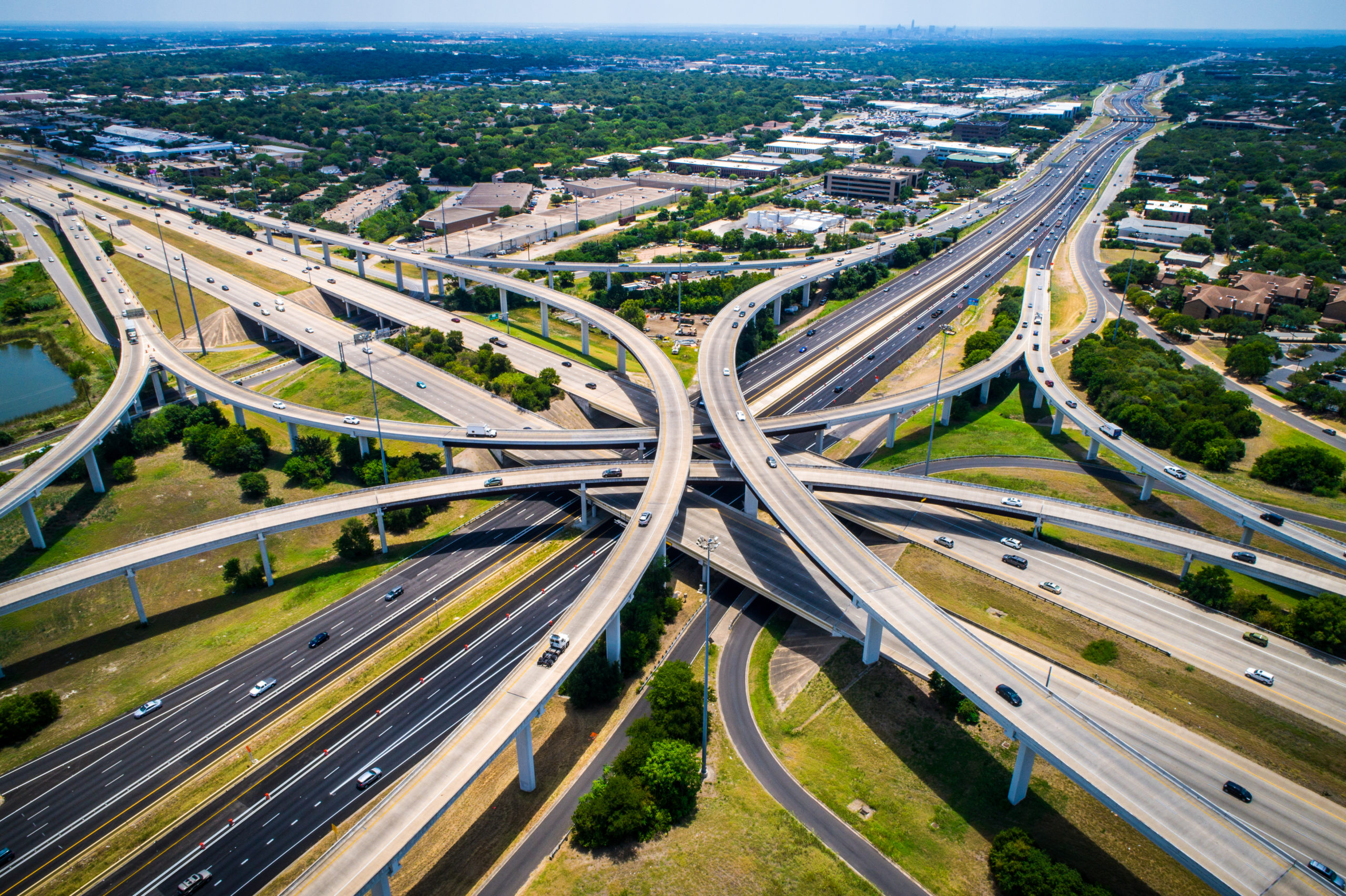In The Elusive Dream of the 15-Minute City, author Alan Ehrenhalt explores the concept of the 15-minute city, and if it can actually work in America.
Describing his hometown as an endless stretch of, “factory-town main streets,” he once dismissed this way of life as “tedious,” something he now looks back on with sentimental longing.
“Every one of those streets was the capital of a small world in which a few thousand residents could meet all of their regular needs — physical, social and spiritual — within the space of 15 minutes.”
But as the automobile became the focus of American streets, most of these spaces have all but disappeared, replaced by concrete, strip malls, and parking lots. And the bigger issue, according to Alan Ehrenhalt, isn’t that it’s impossible to go back — as Paris and other European cities have done it or are in the process of doing it — the issue is that Americans are so accustomed to a car-centric life, that they may not be willing to go back.
“I realize that many European city dwellers are used to doing this, but I wonder how many Americans will want to do it regularly. Most people that I know are pretty reluctant to walk a full mile to handle an errand, especially if they have a car available to them. That’s why some critics have said that if we are talking exclusively about walking, the idea of a five- or 10-minute city might be more realistic. It will also be much more difficult to achieve, to say the least.”
And even though the time for reducing our car dependency is now, as the environmental impacts of them have never been clearer, it’s not so easy when you factor in human habits. And for America, cars are a hard habit to break.
“I have trouble seeing how it could be done in most American cities without provoking a serious backlash from the still-powerful car-using constituency.”
Full Story: The Elusive Dream of the 15-Minute City, by author Alan Ehrenhalt; published on governing.com on July 20, 2021.
